Marine noise pollution stresses and confuses fish
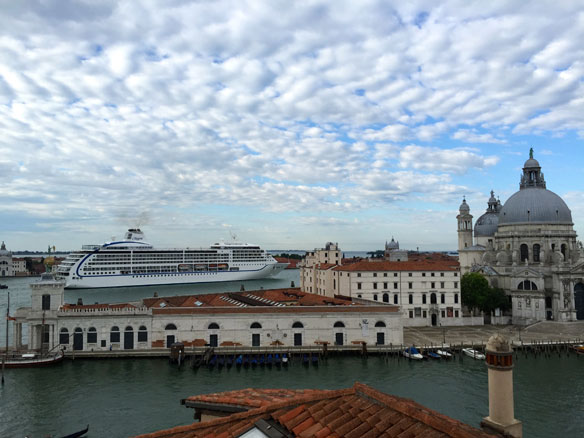
Increased noise pollution in the oceans is confusing fish and compromising their ability to recognise and avoid predators.
Al Gore: Trump has failed to knock Paris climate deal off course

Former US vice president says the US will meet its climate commitments in spite of Donald Trump’s withdrawal from the global agreement.
“Dead zone” in the Gulf of Mexico is biggest ever
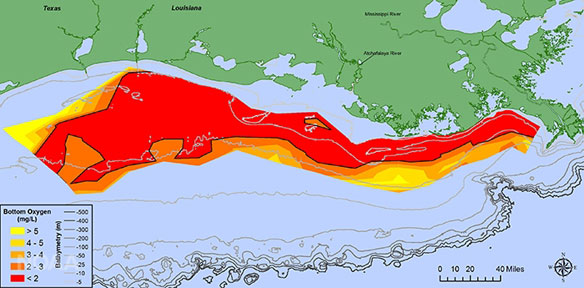
Each summer, a large part of the Gulf of Mexico “dies”. This year, the Gulf’s “dead zone” is the largest on record, stretching from the mouth of the Mississippi, along the coast of Louisiana to waters off Texas, hundreds of miles away. Around 8,776 square miles of ocean, an area the size of New Jersey or Wales, is almost lifeless.
Trump won’t stop Americans hitting the Paris climate targets. Here’s how we do it
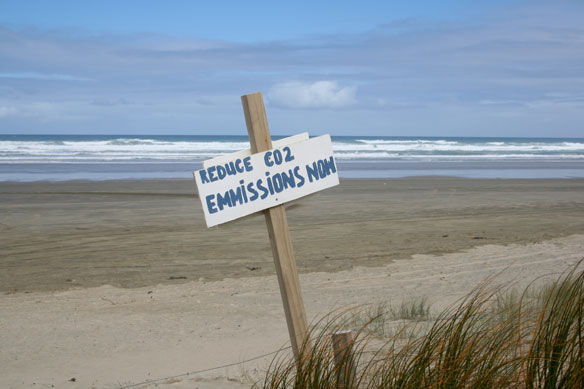
Forget the White House, a new coalition of cities, businesses and universities are taking a lead role in fighting climate change…
Cause of Atlantic coastline’s sea level rise hot spots now revealed
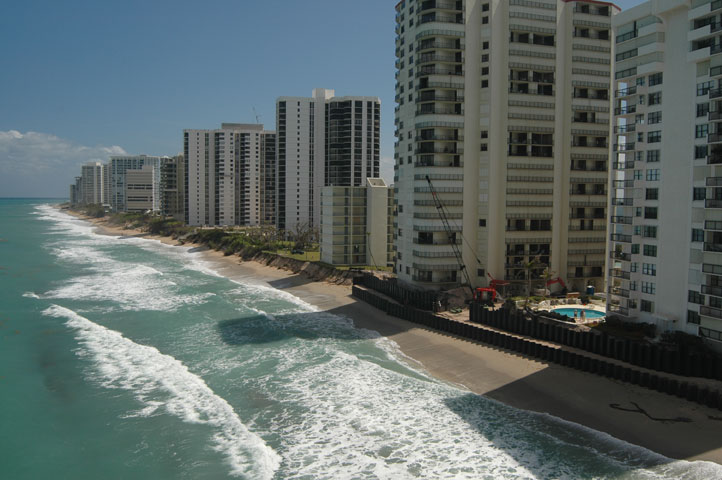
Seas rose in the southeastern US between 2011 and 2015 by more than six times the global average sea level rise that is already happening due to human-induced global warming, new research shows. The combined effects of El Niño (ENSO) and the North Atlantic Oscillation (NAO), both of which are naturally occurring climate processes, drove this recent sea level rise hot spot, according to the study.
No longer water under the bridge, statistics yields new data on sea levels
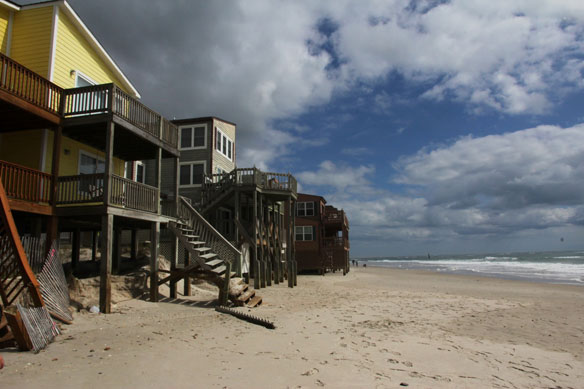
While the scientific community has long warned about rising sea levels and their destructive impact on some of the United States’ most populous cities, researchers have developed a new, statistical method that more precisely calculates the rate of sea level rise, showing it’s not only increasing, but accelerating.
Alaskan towns at risk from rising seas sound alarm as Trump pulls federal help
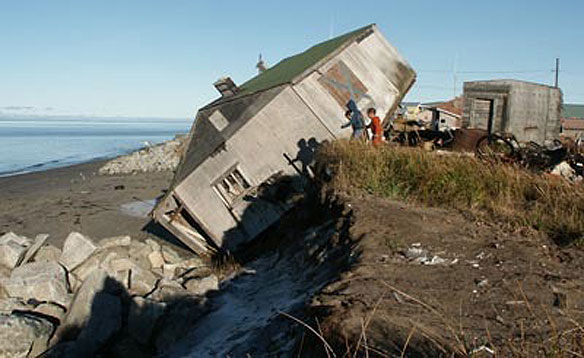
Communities in danger of falling into the sea say assistance from Washington has dried up: ‘It feels like a complete abdication of responsibility on climate change’…
Beirut’s beaches blighted by the rubbish crisis
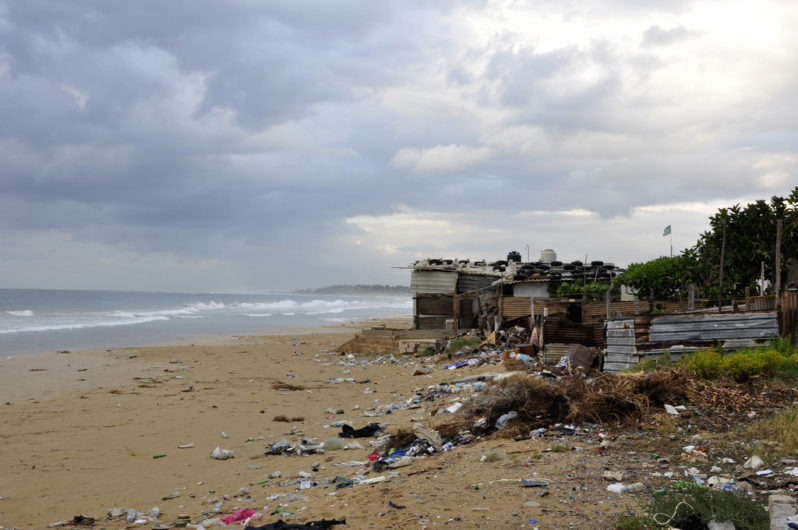
Lebanon’s coastline is changing dramatically, with new planned landfill sites that will extend hundreds of metres into the Mediterranean that, amazingly, seem to bother few politicians. Many are persuaded that waste is inert though that is hardly the case with significant environmental damage that will leave an impact on future generations.
Current threats to our oceans revealed

A survey of tens of thousands of marine studies from the last decade reveals current threats to our marine environment. These include: the effects of climate change, marine plastic pollution, conservation, as well as social and economic impacts.
